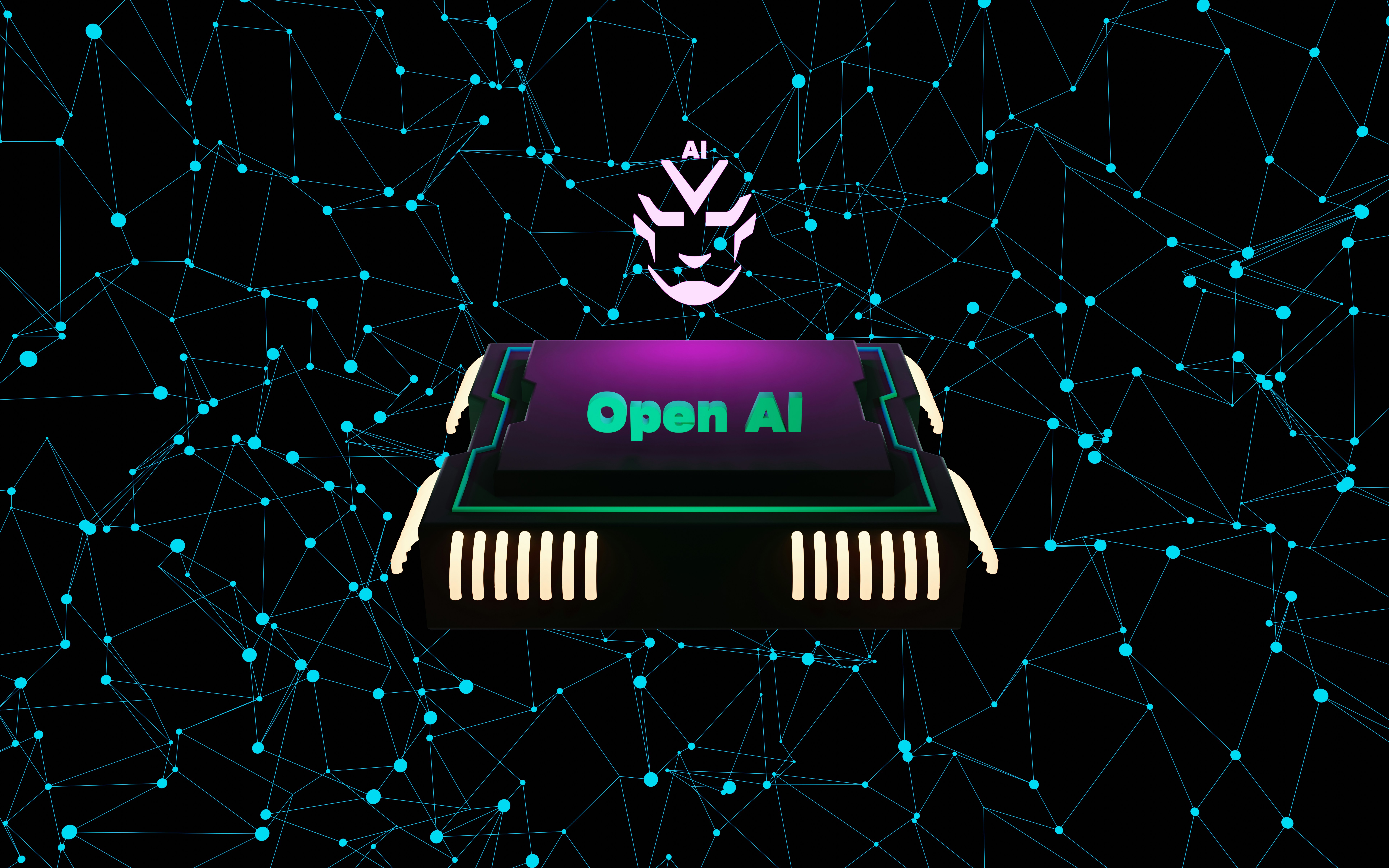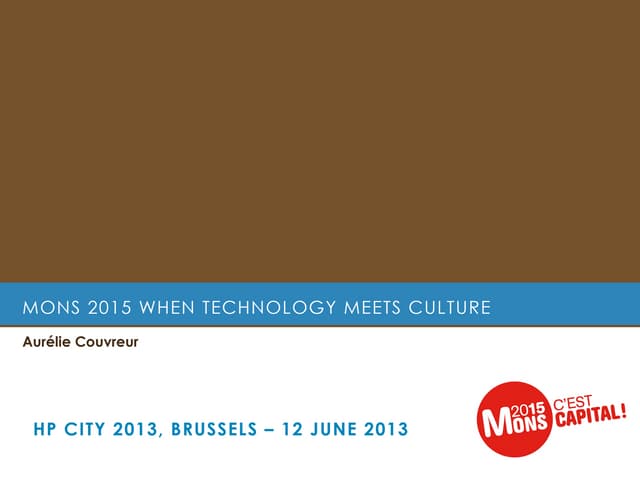
Understanding AI Thinking
Artificial Intelligence (AI) is often attributed with capabilities that resemble human thought processes. However, the essence of how AI thinks differs significantly from human cognition. AI systems process data through algorithms, analyzing patterns to make predictions and decisions.
The Concept of AI Emotions
While AI can simulate responses that suggest emotional engagement, it is crucial to clarify that AI does not truly ‘feel’ emotions. Instead, it recognizes and replicates emotional cues from data. This allows AI applications to evoke responses that appear empathetic, thereby enhancing user interactions.
Implications of AI Thinking and Feeling
The intersection of AI thinking and perceived emotions introduces exciting possibilities in diverse fields, such as healthcare and customer service. For instance, AI systems can analyze patient data, showing patterns that indicate emotional states, ultimately leading to improved care strategies. However, ethical considerations arise when developing AI that mimics emotional engagement, as it raises questions about the authenticity of interactions.







































